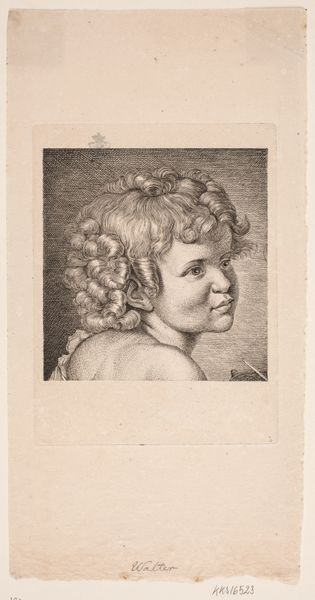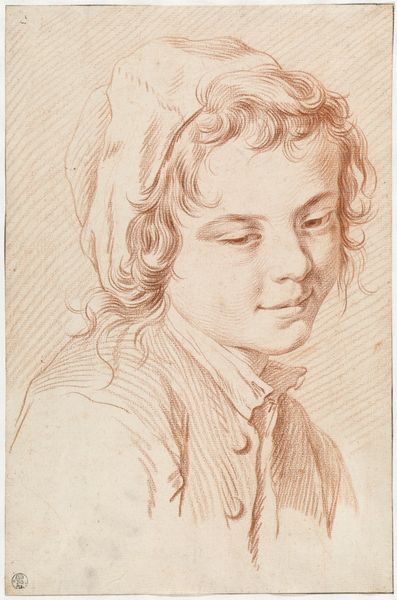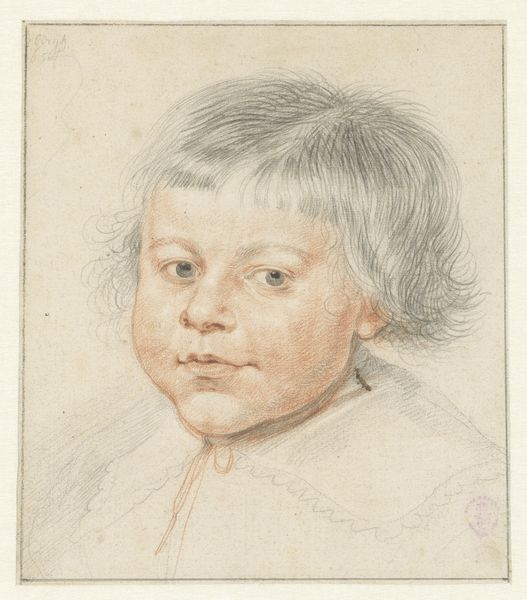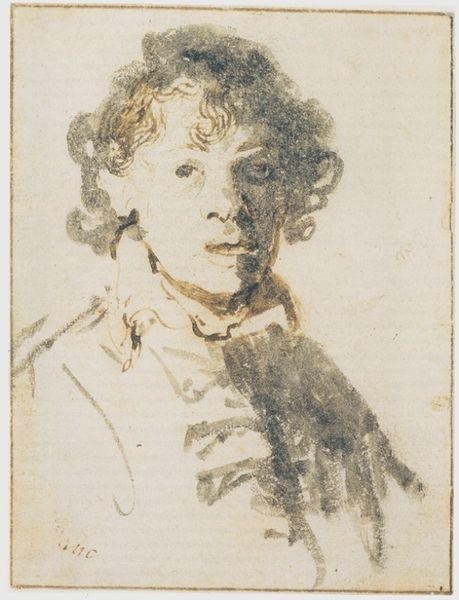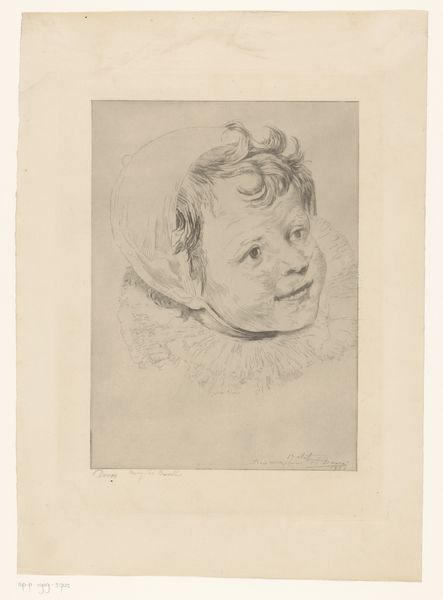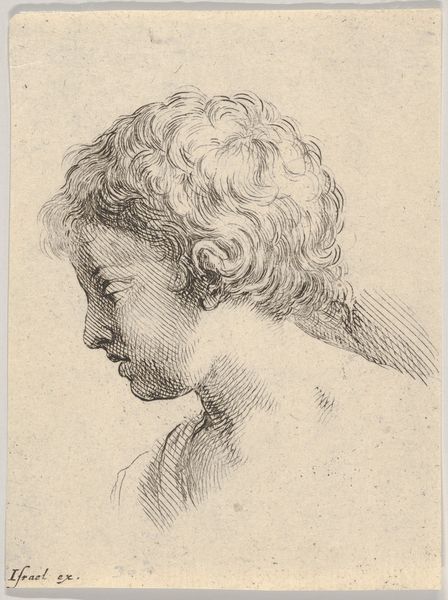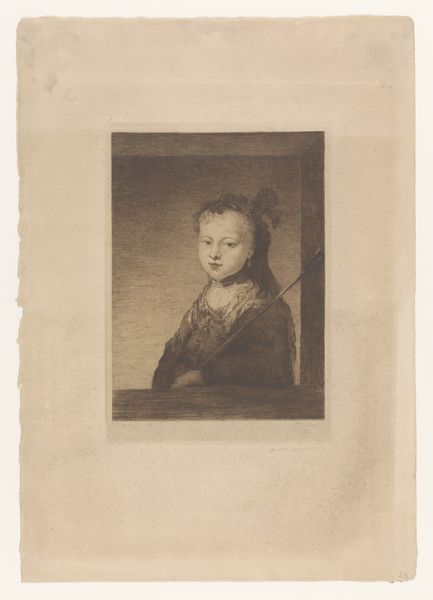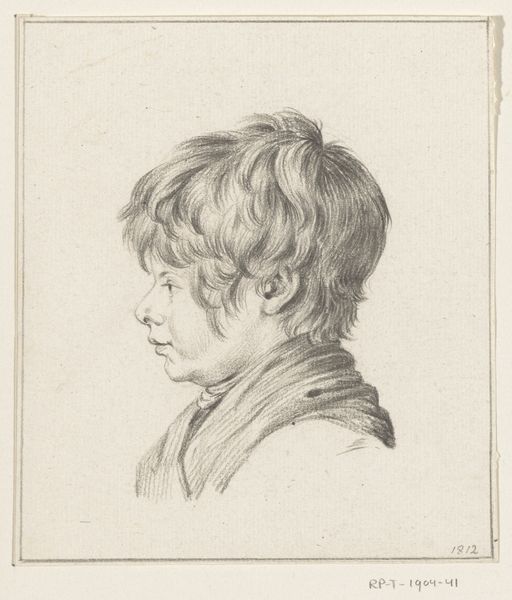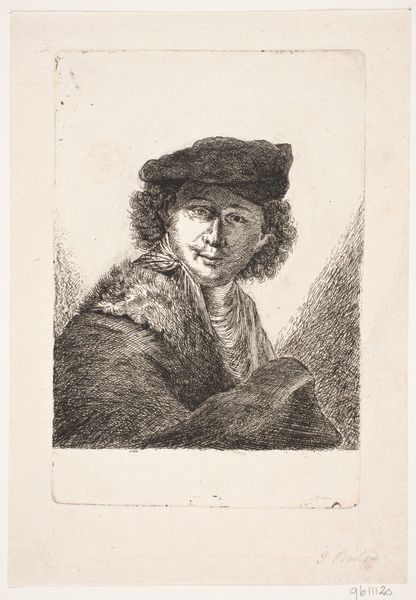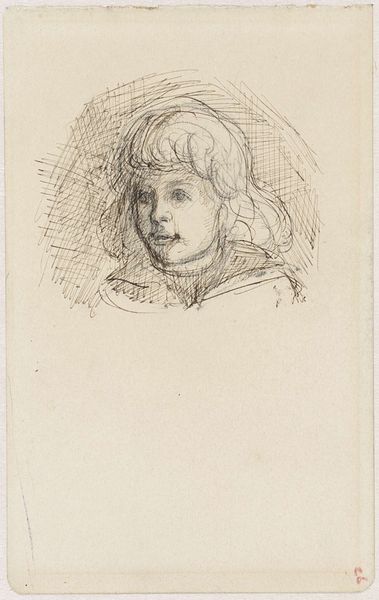
drawing, pencil
#
portrait
#
drawing
#
pencil sketch
#
figuration
#
pencil drawing
#
romanticism
#
pencil
#
portrait drawing
#
academic-art
Dimensions: height 378 mm, width 317 mm
Copyright: Rijks Museum: Open Domain
Pieter Christoffel Wonder created this study of a boy’s head using graphite and red chalk. Wonder was a Dutch artist working in the first half of the 19th century, a period marked by significant social and political upheaval. The Netherlands, having been under French rule, was in the process of re-establishing its national identity, and art played a role in this. During this period, the art academies encouraged the study of the human form as a foundation for history painting, the most prestigious genre. This drawing, with its careful attention to anatomy and expression, reflects that academic emphasis. It’s also worth noting the rise of bourgeois values at this time, with a growing emphasis on domesticity and the family, which is also reflected in the choice of such a subject. As historians, we examine not just the artwork but the institutions, markets, and social conditions that shaped its creation and reception. Through archival research, we can uncover the complex web of relationships between artists, patrons, and the public, deepening our understanding of art's role in society.
Comments
No comments
Be the first to comment and join the conversation on the ultimate creative platform.
